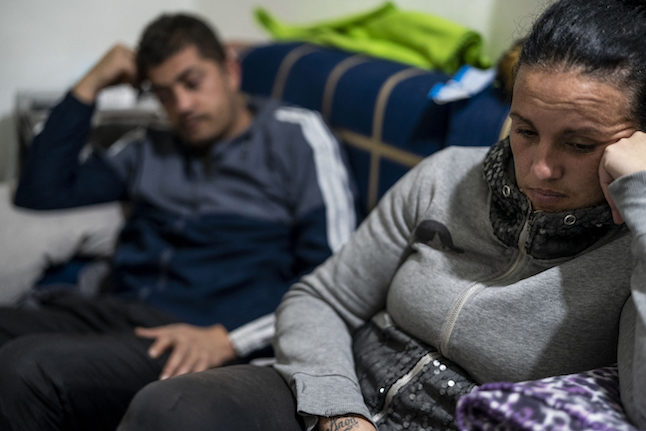It is primarily in Stockholm and Skåne, and within the retail sector, that bankruptcies have eased off, the new statistics from credit rating firm UC show.
“The improved situation for retail in comparison with a year ago clearly shines through in the statistics, especially in the big city areas,” said Roland Sigbladh at UC in a statement.
The retail sector expressed confidence in the future as consumption remains high with demand continuing to increase, the report shows.
Sweden fares well in a comparison with Scandinavian neighbours Norway, and especially Denmark, which experienced a 52 percent increase in 2009. Denmark’s bankruptcy levels are now close to the Swedish levels despite having a far smaller business sector.
The Scandinavian average came in at an increase of 34 percent in 2009.
“Bankruptcies in Sweden have in recent years been modest in a Nordic perspective. In the other countries, bankruptcies have increased by between 65 and 195 percent since 2006, but the equivalent figure for Sweden is only 25 percent,” Sigbladh said.
“The statistics covering business failures in 2009 show that Swedish companies have survived the financial crisis relatively well,” he concludes.



 Please whitelist us to continue reading.
Please whitelist us to continue reading.
Member comments